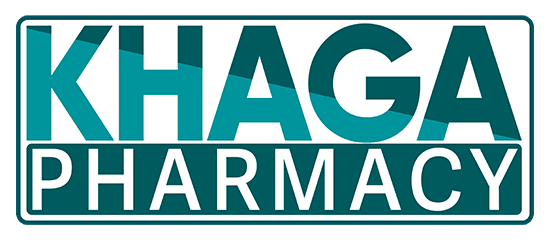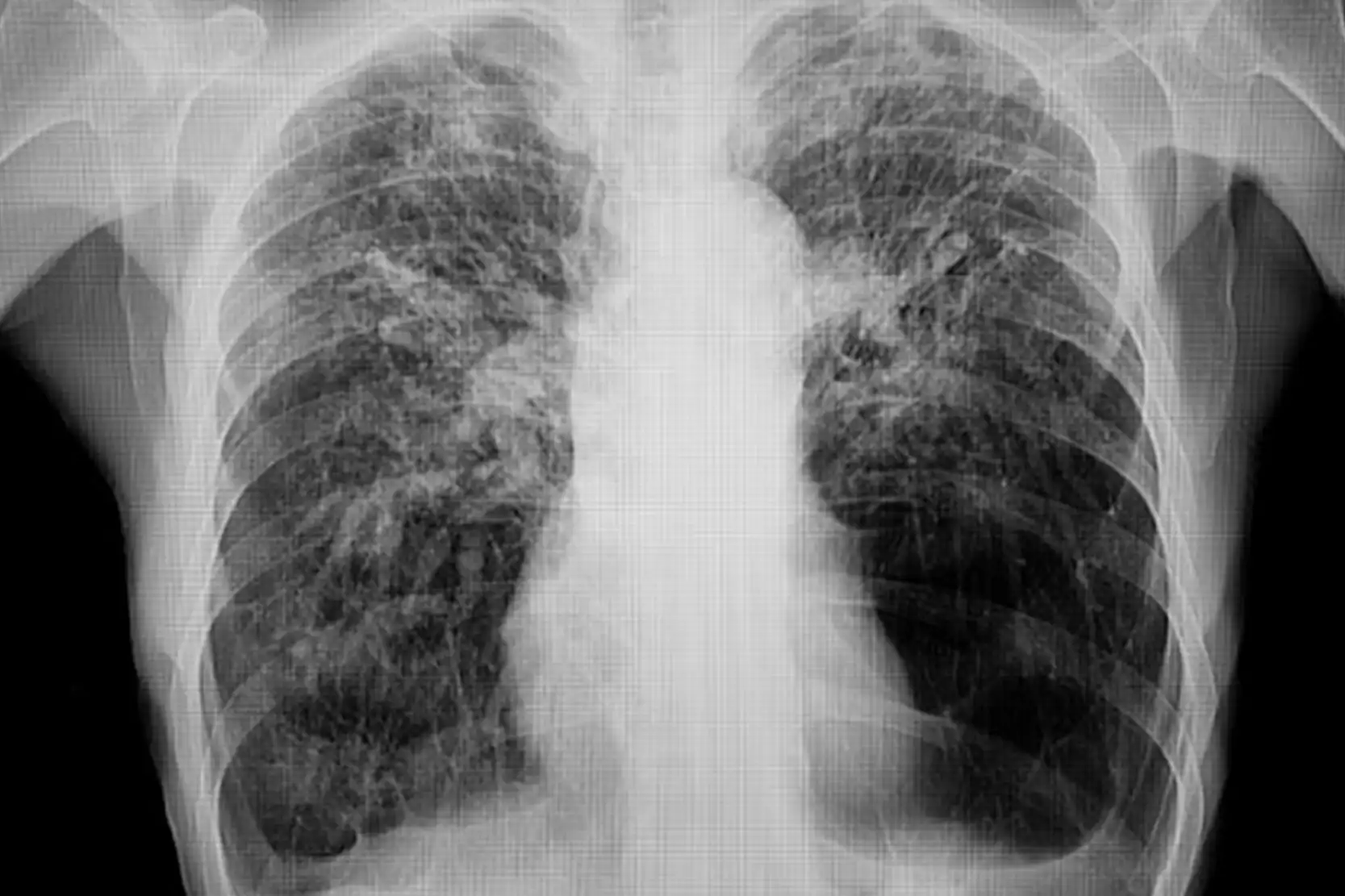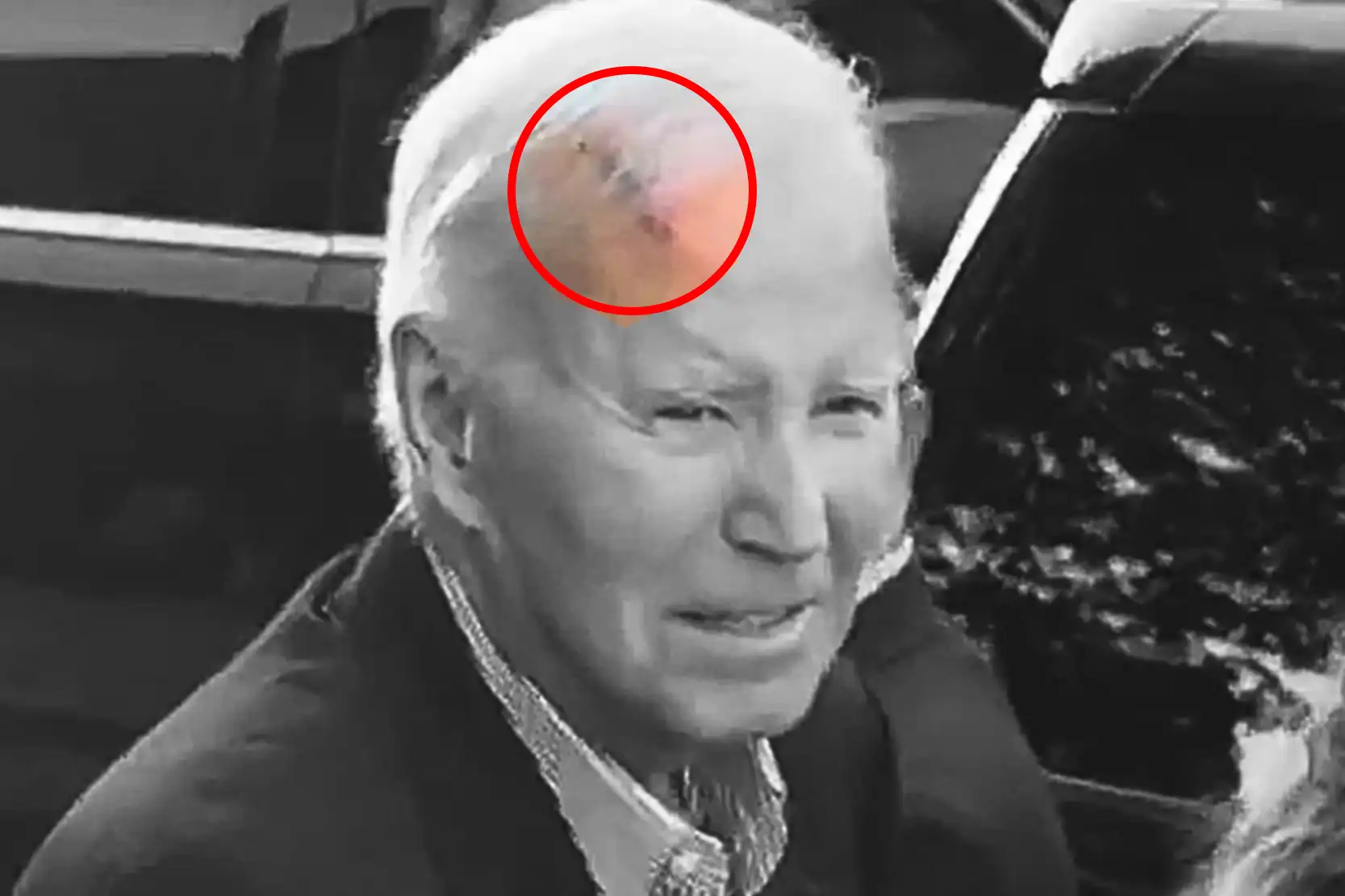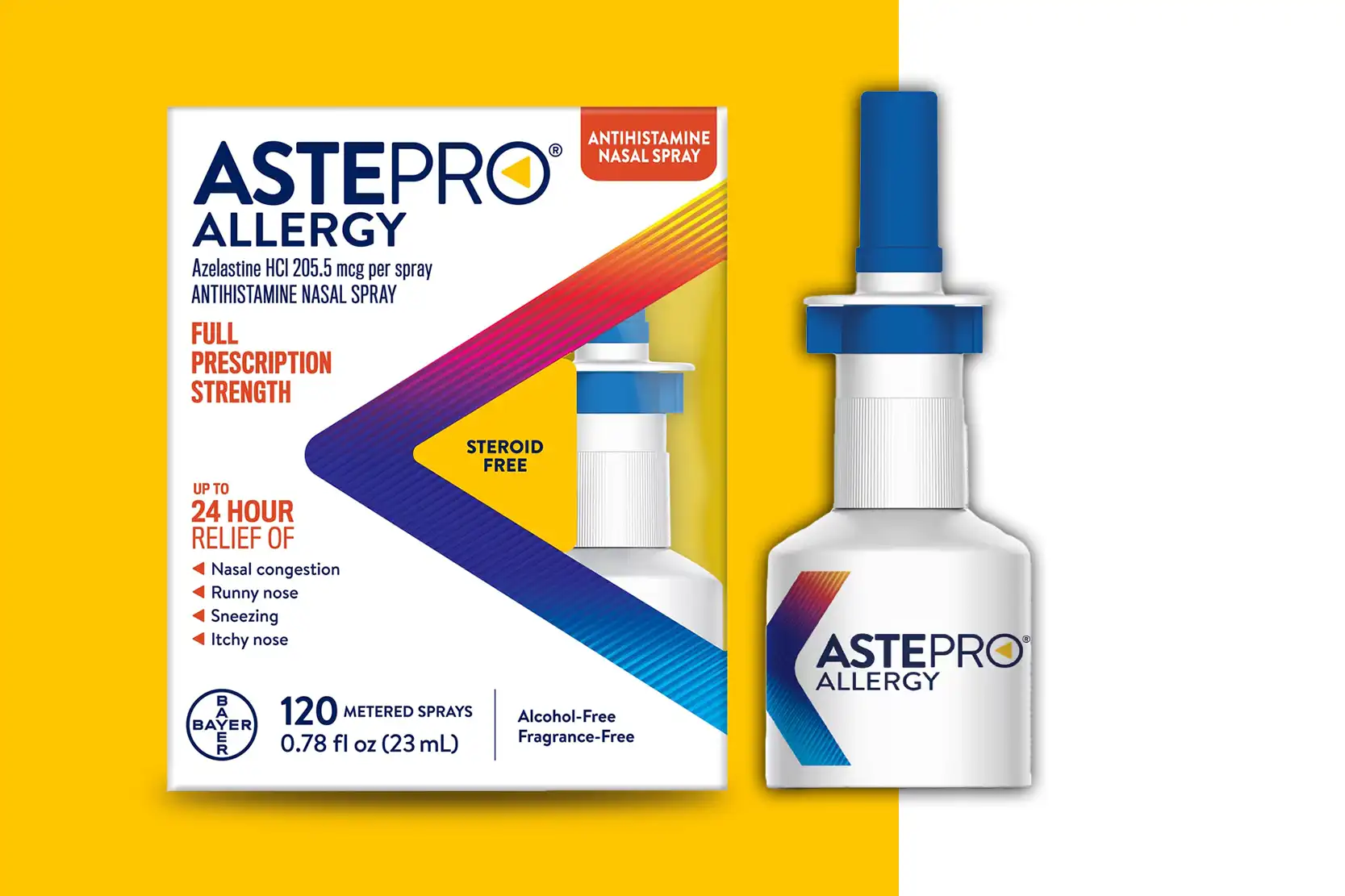
NEUROSCIENCE
Can Cerebral Palsy Be Cured?: How long can a person live with cerebral palsy
-
Rahul Priydarss
Explore in-depth information on cerebral palsy (CP) types, causes, symptoms, and treatment options. Learn about innovative therapies like stem cell treatment and robot-assisted therapy, preventive measures, and dispel myths about CP. Understand why CP cannot be cured but can be effectively managed to improve quality of life.
Introduction of Can Cerebral Palsy Be Cured:
Cerebral palsy (CP) is a group of disorders affecting movement and muscle tone or posture, caused by damage that occurs to the immature, developing brain, most often before birth. CP is the most common motor disability in childhood and varies widely in severity. The symptoms can include exaggerated reflexes, floppy or rigid limbs, and involuntary movements, leading to difficulties with coordination and mobility. Although the brain injury does not worsen over time, the symptoms may change as the child grows. There is no cure for cerebral palsy, but treatments such as physical therapy, medications, and sometimes surgery can help manage symptoms and improve quality of life.
What is Cerebral Palsy:
Cerebral palsy (CP) is a neurological disorder that affects a person’s ability to move and maintain balance and posture. It is caused by damage to the developing brain, typically occurring before, during, or shortly after birth. The condition is permanent and does not worsen over time, although symptoms may change as the person ages. CP can manifest in various ways, including muscle stiffness (spasticity), involuntary movements, coordination problems, and speech and swallowing difficulties. While there is no cure for cerebral palsy, treatments such as physical therapy, occupational therapy, speech therapy, medications, and sometimes surgery can help manage symptoms and improve quality of life.
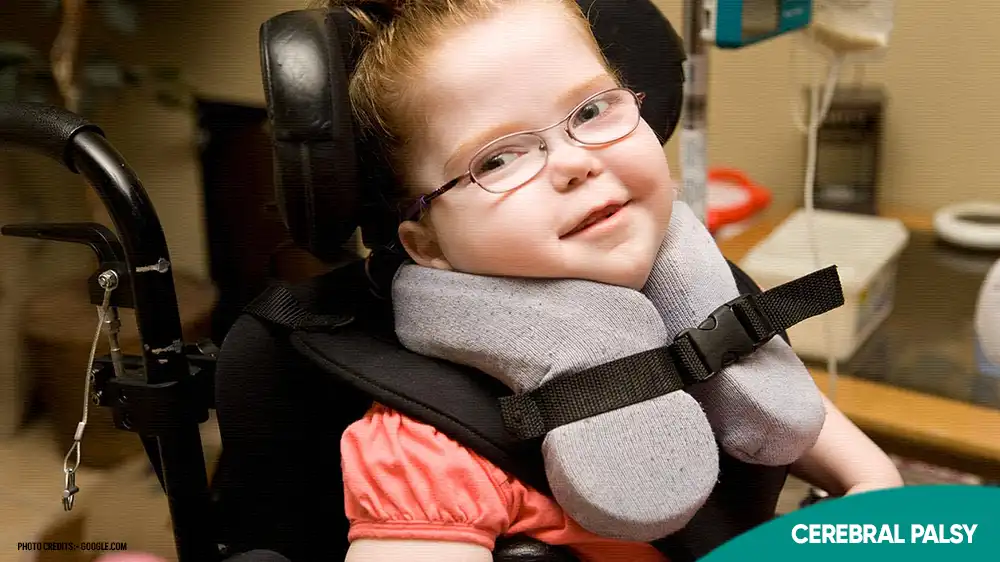
Table of Contents
Can Cerebral Palsy Be Cured:
– Cerebral palsy (CP) cannot be cured. It is a permanent condition resulting from damage to the developing brain, usually occurring before, during, or shortly after birth. The brain injury that causes CP does not worsen over time, but the symptoms can change as the individual grows.
– While there is no cure for cerebral palsy, various treatments and therapies can help manage symptoms and improve the quality of life for those affected. These interventions aim to enhance mobility, communication, and independence. Common treatments include.
Physical Therapy: Helps improve strength, flexibility, balance, and coordination.
Occupational Therapy: Assists with daily activities and fine motor skills.
Speech Therapy: Addresses communication difficulties and helps with swallowing issues.
Medications: Used to manage muscle spasticity, pain, and other conditions.
Surgical Interventions: In some cases, surgery may be necessary to correct anatomical abnormalities or reduce muscle tightness.
Assistive Devices: Such as braces, wheelchairs, and communication aids to support mobility and communication.
Types of Cerebral Palsy:
Cerebral palsy (CP) is categorized into several types based on the nature and location of movement problems. The main types of cerebral palsy include.
Spastic Cerebral Palsy: Spastic cerebral palsy, the most common type, affects about 70-80% of individuals with CP and is characterized by increased muscle tone leading to stiff and jerky movements. It can further be divided into subtypes based on which limbs are affected, such as spastic diplegia (primarily affecting the legs), spastic hemiplegia (affecting one side of the body), and spastic quadriplegia (affecting all four limbs and the torso).
Dyskinetic Cerebral Palsy: Dyskinetic cerebral palsy involves uncontrolled movements due to damage to the basal ganglia, presenting as athetoid (slow, writhing movements), choreoathetoid (irregular, jerky movements), or dystonic (twisting, repetitive movements).
Ataxic Cerebral Palsy: Ataxic cerebral palsy, the least common type, is caused by damage to the cerebellum and results in problems with balance and coordination, leading to shaky or unsteady movements and difficulties with tasks requiring precise control.
Mixed Cerebral Palsy: Mixed cerebral palsy includes symptoms that do not fit into a single category and results from multiple areas of brain damage, often combining spastic, dyskinetic, and/or ataxic symptoms. Each type presents unique challenges and requires tailored management and therapeutic approaches to enhance mobility, communication, and overall quality of life for those affected.
Symptoms of Cerebral Palsy:
Certainly! Cerebral palsy (CP) is a group of disorders that affect movement and muscle tone. The symptoms can vary widely depending on the individual and the type of CP, but common symptoms include.
Muscle weakness or stiffness: This can affect different parts of the body and may lead to difficulty with movement or coordination.
Abnormal reflexes: Reflexes might be exaggerated or abnormal, affecting balance and posture.
Impaired coordination: Difficulty in coordinating movements, especially fine motor skills like writing or buttoning clothes.
Walking difficulties: Some individuals with CP may walk on their toes, have a crouched gait, or use assistive devices like walkers or wheelchairs.
Spasticity: Increased muscle tone can cause muscles to be stiff and difficult to move, leading to jerky movements.
Athetosis: Involuntary writhing movements, particularly in the arms, legs, and hands.
Ataxia: Problems with balance and depth perception, often causing unsteady walking or difficulty with precise movements.
Speech and swallowing difficulties: CP can affect muscles involved in speech and swallowing, leading to slurred speech or problems with eating and drinking.
Intellectual disabilities: Some individuals with CP may have intellectual impairments, though many have normal intelligence.
Seizures: About a third of people with CP also have epilepsy and may experience seizures.
Causes of Cerebral Palsy:
The causes of cerebral palsy (CP) are related to brain damage or abnormal brain development, typically occurring before, during, or shortly after birth. The exact cause can vary and may involve several factors.
Prenatal Factors:
Infections: Infections during pregnancy, such as rubella (German measles), cytomegalovirus, or toxoplasmosis, can increase the risk of CP.
Maternal Health Issues: Certain maternal health conditions, including thyroid problems, seizures, or intellectual disabilities, can contribute to CP.
Genetic Factors: In some cases, genetic mutations or abnormalities may play a role, although this is less common.
Perinatal Factors:
Birth Complications: Difficulties during labor and delivery, such as prolonged labor, fetal distress, or umbilical cord problems, can lead to brain injury and CP.
Premature Birth: Babies born prematurely (before 37 weeks of pregnancy) are at higher risk of CP due to the immature development of their organs, including the brain.
Postnatal Factors:
Brain Infections: Infections such as meningitis or encephalitis after birth can cause inflammation and damage to the brain, increasing the risk of CP.
Head Injury: Traumatic head injury during infancy or early childhood can lead to brain damage and CP.
Severe Jaundice: Severe untreated jaundice (hyperbilirubinemia) in newborns can lead to a type of brain damage known as kernicterus, which can result in CP.
Risk Factors: While these factors can increase the likelihood of cerebral palsy, not all children exposed to these risks will develop the condition. Some children may develop CP without any identifiable cause, and research is ongoing to understand better the complex interplay of genetic and environmental factors that contribute to the disorder.
Diagnosis of Cerebral Palsy:
Diagnosing cerebral palsy (CP) involves a thorough assessment by healthcare professionals with expertise in developmental disorders and neurology. The process typically includes the following steps.
Medical History: The doctor will review the child’s medical history, including prenatal, perinatal (during birth), and postnatal factors that could contribute to developmental issues.
Physical Examination: A comprehensive physical examination is conducted to assess muscle tone, reflexes, posture, coordination, and overall motor function. This helps in identifying specific movement impairments characteristic of CP.
Neurological Evaluation: A neurological examination focuses on evaluating the child’s muscle strength, tone, reflexes, coordination, and sensory abilities. This helps in determining the extent and nature of any neurological abnormalities.
Developmental Assessment: Assessments of developmental milestones are crucial, as delays or abnormalities in reaching milestones can indicate potential neurological issues. These assessments compare the child’s development to typical age-appropriate milestones.
Imaging Studies: In some cases, imaging tests such as cranial ultrasound, MRI (magnetic resonance imaging), or CT (computed tomography) scan may be recommended. These tests can help identify any brain abnormalities or injuries that could be associated with CP.
Laboratory Tests: Blood tests or genetic tests may be ordered to rule out other conditions that could mimic CP or to identify specific genetic factors associated with CP.
Specialized Assessments: Additional assessments may be needed based on the specific symptoms and needs of the child, including evaluations by specialists such as pediatric orthopedists, ophthalmologists, or speech therapists.
Diagnostic Criteria: Diagnosis of CP is primarily clinical, based on observed motor impairments and neurological findings. The child must exhibit persistent motor function difficulties that are attributable to non-progressive disturbances that occurred in the developing fetal or infant brain.
Multi-disciplinary Approach: Diagnosis often involves a team of healthcare professionals, including pediatricians, neurologists, developmental pediatricians, physical therapists, and occupational therapists, who collaborate to gather and interpret information comprehensively.
Monitoring and Follow-up: After diagnosis, regular monitoring and follow-up are essential to assess progress, adjust treatment plans, and provide ongoing support and therapies to maximize the child’s potential and quality of life.

Treatment for Cerebral Palsy:
Treatment for cerebral palsy (CP) aims to improve the quality of life, enhance mobility, promote independence, and manage associated conditions. The specific treatment plan varies depending on the individual’s needs, severity of symptoms, and type of CP. Here are the key aspects of treatment.
Multidisciplinary Approach:
CP management typically involves a team of healthcare professionals, including pediatricians, neurologists, orthopedic surgeons, physical therapists, occupational therapists, speech therapists, and sometimes psychologists or social workers. This team approach ensures comprehensive care addressing all aspects of the condition.
Physical Therapy (PT):
Purpose: Physical therapy focuses on improving muscle strength, flexibility, range of motion, and overall motor function.
Techniques: Therapists use exercises, stretching, and specialized equipment to enhance mobility and functional abilities.
Goals: PT aims to prevent contractures (permanent shortening of muscles), improve posture, and promote independent movement.
Occupational Therapy (OT):
Purpose: Occupational therapy focuses on enhancing daily living skills and fine motor abilities necessary for self-care, school, work, and play.
Techniques: Therapists use activities and adaptive techniques to improve hand-eye coordination, fine motor skills, and independence in activities of daily living.
Goals: OT helps individuals with CP gain greater independence and improve their quality of life by addressing practical challenges.
Speech and Language Therapy:
Purpose: Speech therapy addresses communication impairments and swallowing difficulties often associated with CP.
Techniques: Therapists work on improving speech articulation, language development, and swallowing function through exercises, techniques, and adaptive strategies.
Goals: Speech therapy aims to enhance communication skills, facilitate effective swallowing, and improve overall quality of life.
Medications:
Medication is not a primary treatment for cerebral palsy (CP) itself, as CP is primarily a neurological condition that affects movement and muscle coordination. However, medications are sometimes used to manage specific symptoms and associated conditions that can accompany CP. Here are some medications that may be prescribed in the context of cerebral palsy.
1- Muscle Relaxants: Muscle relaxants are prescribed to reduce muscle stiffness (spasticity) in individuals with cerebral palsy. These medications work by targeting the central nervous system to decrease muscle tone and improve flexibility and ease of movement. Commonly prescribed muscle relaxants include Baclofen, Diazepam, and Tizanidine. Baclofen, for instance, can be administered orally or through an intrathecal pump to deliver medication directly to the spinal cord, offering more localized treatment for severe spasticity.
2- Botulinum Toxin Injections (Botox): Botulinum toxin injections, commonly known as Botox, are used to manage localized muscle spasticity in specific muscles affected by cerebral palsy. By temporarily weakening or paralyzing targeted muscles, these injections help improve range of motion, reduce pain, and enhance functional abilities. They are particularly effective for focal spasticity in areas such as the limbs or neck. Botox injections are administered by specialists and their effects typically last several months, requiring periodic re-administration for sustained benefit.
3- Antiepileptic Medications: Antiepileptic medications are prescribed to manage and prevent seizures in individuals with cerebral palsy who experience epileptic activity. Seizures can be a significant complication of CP due to underlying brain abnormalities. Medications such as Carbamazepine, Valproic acid, and Levetiracetam are commonly used to stabilize electrical activity in the brain and reduce the frequency and severity of seizures. Effective seizure management is essential for improving quality of life and minimizing the risk of associated complications.
4- Pain Management Medications: Pain management medications are utilized to alleviate chronic pain associated with cerebral palsy, which can arise from muscle stiffness, joint deformities, or secondary musculoskeletal issues. Non-steroidal anti-inflammatory drugs (NSAIDs) like ibuprofen or naproxen, as well as acetaminophen, are often prescribed to reduce pain and inflammation. It’s crucial to monitor the use of these medications carefully to avoid potential side effects and interactions with other treatments.
5- Dopamine Agonists: Dopamine agonists such as Levodopa may be prescribed to manage movement disorders like athetosis or dystonia in individuals with cerebral palsy. These medications work by influencing dopamine levels in the brain, which can help regulate motor function and reduce involuntary movements. Dopamine agonists are used selectively based on the specific symptoms and needs of the individual, aiming to improve motor control and overall functional abilities.
6- Gastrointestinal Medications: Gastrointestinal medications may be necessary to address digestive issues commonly experienced by individuals with cerebral palsy, such as constipation or gastroesophageal reflux disease (GERD). Depending on the specific symptoms, treatments may include laxatives to relieve constipation or medications to reduce stomach acid production and alleviate GERD symptoms. Proper management of gastrointestinal health is essential for overall well-being and comfort in individuals with CP.
Orthotic Devices and Assistive Technology:
Purpose: Orthotic devices such as braces or splints can support weakened muscles, improve alignment, and facilitate better movement patterns.
Assistive technology: Devices like wheelchairs, walkers, communication aids, and computer adaptations help individuals with CP participate more fully in activities at home, school, and work.
Surgery:
Purpose: Orthopedic surgeries may be considered to correct skeletal deformities (such as scoliosis or contractures), improve mobility, or reduce spasticity.
Types: Procedures may include muscle lengthening surgeries, tendon transfers, or corrective surgeries for joint alignment.
Nutritional Support:
Purpose: Proper nutrition is essential for overall health and well-being. Individuals with CP may require dietary adjustments to manage swallowing difficulties, ensure adequate nutrition, and maintain healthy weight.
Psychosocial Support:
Purpose: Emotional and psychological support for both individuals with CP and their families is crucial. Counseling, support groups, and access to community resources can help cope with challenges and improve overall mental health.
Some of the innovative therapies and research for Cerebral Palsy (CP) 2024:
In 2024, there are several innovative therapies and ongoing research efforts focused on improving outcomes for individuals with cerebral palsy (CP). These advancements aim to enhance mobility, reduce symptoms, and address associated conditions. Here are some notable areas of innovation.
Stem Cell Therapy: Stem cell therapy represents a promising frontier in CP treatment, focusing on regenerative medicine to repair damaged tissues in the brain and nervous system. Researchers are exploring various types of stem cells, including mesenchymal stem cells (MSCs) and neural stem cells, for their potential to promote neuroregeneration. Clinical trials are underway to evaluate the safety, efficacy, and long-term benefits of stem cell transplantation in improving motor function and reducing symptoms associated with CP. This approach holds hope for addressing the underlying neurological deficits that contribute to CP’s motor impairments.
Robot-Assisted Therapy: Robot-assisted therapy has emerged as a beneficial tool for individuals with CP, utilizing robotic devices to assist in repetitive movement exercises and physical therapy sessions. These devices offer precise, controlled movements that can enhance muscle strength, coordination, and motor learning. Advances in robotic technology continue to refine these devices, making them more tailored and effective for children and adults with CP. The therapeutic benefits of robot-assisted therapy complement traditional therapies by providing intensive and targeted rehabilitation sessions.
Virtual Reality (VR) Therapy: Virtual reality therapy has gained attention for its immersive approach to rehabilitation in CP. By placing individuals in interactive virtual environments, VR therapy engages users in therapeutic exercises aimed at improving motor skills, balance, and coordination. Research studies indicate that VR therapy can enhance motivation and engagement during rehabilitation sessions, potentially accelerating motor learning and functional improvement. Ongoing research aims to further optimize VR therapy protocols and explore its long-term benefits in CP management.
Selective Dorsal Rhizotomy (SDR): Selective Dorsal Rhizotomy is a surgical procedure increasingly considered for individuals with CP, particularly those with severe spasticity impacting mobility. SDR involves selectively cutting nerve roots in the spinal cord to reduce spasticity and improve muscle control. Advances in surgical techniques and patient selection criteria have improved the safety and effectiveness of SDR, making it a viable option for improving functional outcomes in selected CP patients. Continued research focuses on refining surgical approaches and identifying optimal candidates for SDR to maximize its benefits.
Neuromodulation Techniques: Neuromodulation techniques, such as transcranial magnetic stimulation (TMS) and transcranial direct current stimulation (tDCS), offer non-invasive approaches to modulate neural activity in the brain. These techniques hold the potential for reducing spasticity, improving motor function, and enhancing neuroplasticity in individuals with CP. Research efforts are expanding to explore the clinical applications of neuromodulation therapies, aiming to personalize treatment approaches based on individual neurological profiles and responses to stimulation protocols.
Gene Therapy and Genetic Research: Genetic research in CP aims to uncover underlying genetic factors contributing to the condition and explore gene therapy approaches to address these abnormalities. Advances in genetic sequencing technologies are facilitating the identification of CP subtypes with specific genetic markers. Early-stage research and preclinical studies are investigating gene therapy strategies to potentially correct genetic defects associated with CP and mitigate their impact on neurological function. Future clinical trials aim to translate these promising findings into innovative therapeutic interventions for individuals affected by CP.
Prevention of Cerebral Palsy:
Preventing cerebral palsy involves addressing various factors before and during pregnancy, as well as during childbirth and infancy. Here are some key preventive measures.
Preconception Care: Maintaining a healthy lifestyle before pregnancy is crucial. This includes achieving and maintaining a healthy weight, managing chronic conditions such as diabetes and hypertension, and avoiding substances like tobacco, alcohol, and illicit drugs. For couples with a family history of genetic disorders or cerebral palsy, genetic counseling can provide valuable insights and guidance.
During Pregnancy: Regular prenatal care plays a pivotal role in preventing cerebral palsy. It allows healthcare providers to monitor the health of both the mother and the developing baby closely. Early detection and management of conditions such as infections (like rubella or cytomegalovirus) and health issues (such as diabetes and hypertension) are essential to minimize risks to the baby’s brain development.
During Labor and Delivery: Proper medical care during labor and delivery can help prevent birth complications that may lead to cerebral palsy. Healthcare providers may recommend medical interventions, such as cesarean delivery, when necessary to safeguard the health of the baby and reduce the risk of brain injury during childbirth.
Early Childhood: Early intervention is critical if developmental delays or disabilities are suspected. Early detection and appropriate interventions can significantly improve outcomes for children at risk of cerebral palsy. Additionally, providing support services and resources for families can help them navigate the challenges associated with caring for a child with cerebral palsy.
Research and Education: Continued research into the causes and prevention of cerebral palsy is essential. Advancements in medical knowledge and technology can lead to improved preventive strategies and better outcomes for children and families affected by cerebral palsy. Increasing public awareness about risk factors and preventive measures can empower expectant parents to make informed decisions and seek appropriate medical care.
Myths and Misconceptions about Can Cerebral Palsy Be Cured:
Myth: Cerebral palsy is always genetic.Cerebral palsy is not always inherited. While genetics can play a role in some cases, the majority of cerebral palsy cases are caused by brain damage or abnormal brain development before, during, or shortly after birth.
Myth: People with cerebral palsy have intellectual disabilities. Cerebral palsy primarily affects movement and posture, not intellectual ability. While some individuals with cerebral palsy may have additional conditions or developmental delays, many have average or above-average intelligence.
Myth: Cerebral palsy is contagious. Cerebral palsy is a neurological condition caused by brain damage or abnormalities and is not contagious in any way. It cannot be transmitted through contact or interaction with individuals who have cerebral palsy.
Myth: All cases of cerebral palsy are severe. Cerebral palsy varies widely in severity and can range from mild to severe. Some individuals with cerebral palsy may have minimal movement impairments, while others may have significant motor challenges that require extensive support.
Myth: Cerebral palsy cannot improve with therapy or treatment. While cerebral palsy is a lifelong condition, therapy and treatment can significantly improve the quality of life and functional abilities. Early intervention, physical therapy, occupational therapy, speech therapy, and assistive devices can all help individuals with cerebral palsy achieve their full potential.
FAQs about Can Cerebral Palsy Be Cured:
A1: No, CP is a result of brain damage occurring before, during, or shortly after birth. It does not develop later in life.
A2: While some alternative treatments may provide symptom relief, they should be used alongside conventional therapies and under medical supervision.
A3: Assistive technology, like communication devices and mobility aids, can greatly enhance independence and quality of life for those with CP.
A4: Preventive measures include good prenatal care, managing risk factors during birth, and early intervention for developmental delays.
A5: Current advancements include stem cell research, genetic studies, and the development of new assistive technologies.
-Please remember, to always consult with healthcare professionals or Doctors for personalized advice related to medical conditions.
Conclusion:
Is this possible Can Cerebral Palsy Be Cured Cerebral palsy (CP) is a neurological condition caused by brain damage or abnormal brain development before, during, or shortly after birth. It is characterized by impaired movement, muscle tone, and posture. While CP is permanent and doesn’t worsen over time, its symptoms can evolve as a person ages. Despite ongoing research, there is currently no cure for CP. However, various treatments such as physical therapy, medications, and surgeries can help manage symptoms and improve quality of life. These interventions aim to enhance mobility, communication, and independence, tailored to individual needs and types of CP.
